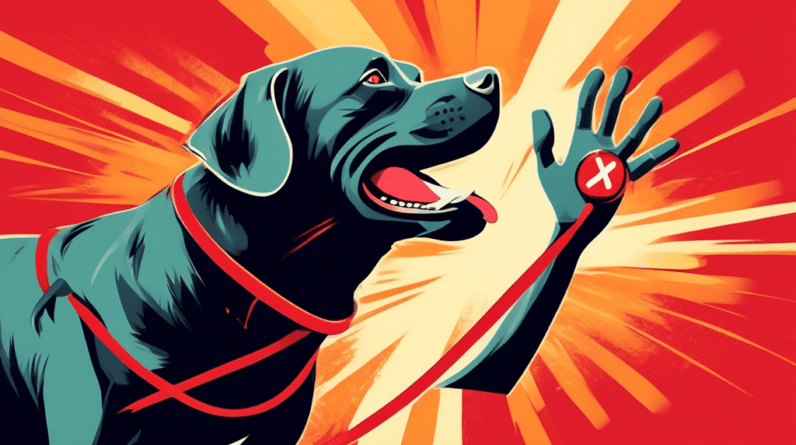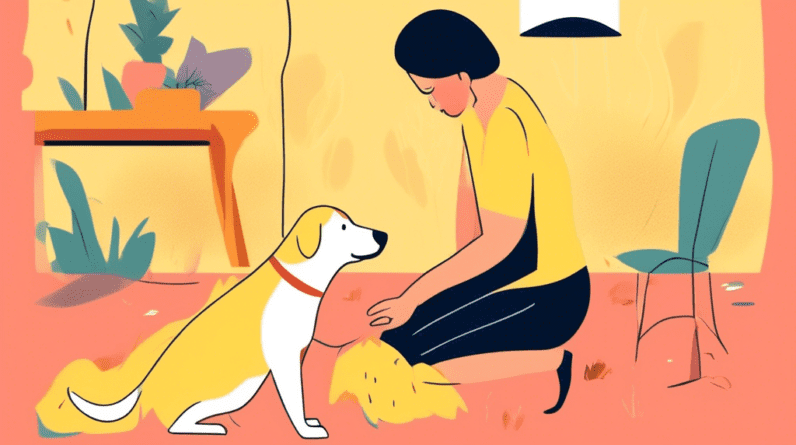
Bringing Home Your Best Friend: A Step-by-Step Guide to Adopting a Labrador Puppy
Bringing a Labrador Retriever puppy into your life is an incredibly rewarding experience. Their boundless energy, playful spirit, and unwavering loyalty make them fantastic companions. But navigating the adoption process can feel overwhelming, especially for first-time dog owners. This comprehensive guide will walk you through each step, ensuring you’re fully prepared to welcome your furry friend into your loving home.
1. Assess Your Readiness: A Labrador Puppy is a Commitment
Before you fall head over heels for adorable puppy pictures, take a moment for honest self-reflection. Owning a dog is a major responsibility—one that demands time, energy, and financial resources. Consider these factors before taking the plunge:
* **Lifestyle:** Labradors are high-energy dogs that thrive on activity. Do you have the time and energy for daily walks, playtime, and training sessions?
* **Living Space:** While adaptable, Labradors need a decent amount of space to play and exercise. Is your home suitable?
* **Family Dynamics:** How will a puppy fit into your existing family structure? Do you have children or other pets?
* **Financial Commitment:** Owning a dog comes with costs for food, vet care, toys, training, and more. Are you prepared for these expenses?
If you’ve carefully considered these factors and feel confident in your ability to provide a loving and supportive home, then get ready to embark on this exciting journey!
2. Research, Research, Research: Finding the Right Labrador Puppy for You
There are two main avenues for adopting a Labrador puppy: breeders and rescues. Each option has its pros and cons, so thorough research is crucial:
Breeders:
Reputable breeders prioritize the health and temperament of their dogs. They invest heavily in genetic testing and responsible breeding practices to produce healthy puppies with desirable traits.
Finding a Reputable Breeder:
- Start with breed organizations like the American Kennel Club (AKC) or the Labrador Retriever Club, Inc. (LRCI). They often have breeder referral lists.
- Attend dog shows and events to meet breeders in person and observe their dogs.
- Seek recommendations from veterinarians, trainers, and other Labrador owners.
Vetting a Breeder:
- Ask about the breeder’s history, breeding philosophy, and the health clearances of their dogs.
- Request to meet the puppy’s parents (at least the mother) to assess their temperament and living conditions.
- Be wary of breeders who prioritize quantity over quality or offer puppies at suspiciously low prices.
Rescues:
Labrador rescues are dedicated to finding loving homes for Labradors in need. Adopting a rescue dog is a wonderful way to give a deserving dog a second chance.
Finding a Labrador Rescue:
- Search online directories like Petfinder or Adopt-a-Pet.
- Contact local shelters and humane societies.
- Reach out to breed-specific rescue organizations.
The Rescue Process:
- Be prepared to complete an application, participate in an interview, and potentially undergo a home visit.
- Understand that rescue dogs may come with unknown histories or behavioral challenges that require patience and understanding.
- Embrace the opportunity to provide a loving forever home to a dog in need.
3. The Adoption Process: Paperwork, Patience, and Preparation
Once you’ve found a breeder or rescue organization that aligns with your values, it’s time to begin the adoption process:
Application and Interview:
- Be thorough and honest in your application, answering all questions to the best of your ability.
- The interview is an opportunity for you and the breeder or rescue to determine if it’s a good fit.
- Come prepared to discuss your lifestyle, expectations, and experience with dogs.
Home Visit (Rescues):
- Many rescues conduct home visits to ensure a safe and suitable environment for their dogs.
- Don’t be afraid to ask questions and address any concerns you may have.
Adoption Fees:
- Adoption fees vary depending on the breeder, rescue, and location.
- These fees help cover the costs of caring for the dogs, including vaccinations, spaying/neutering, and microchipping.
4. Puppy-Proofing Your Home: Creating a Safe Haven
Bringing a new puppy into your home is an exciting time, but it’s crucial to prioritize their safety by puppy-proofing your space:
Remove Hazards:
- Secure any potential poisons, including medications, cleaning products, and toxic plants.
- Put away valuables that could be chewed or swallowed.
- Hide electrical cords and wires out of reach.
Create Designated Spaces:
- Set up a comfortable crate or den-like area where your puppy can feel safe and secure.
- Designate a potty area outside and stock up on enzymatic cleaners for accidents.
Gather Supplies:
- Purchase high-quality puppy food, food and water bowls, a collar and leash, a comfortable bed, and engaging toys.
- Find a veterinarian you trust and schedule your puppy’s first check-up.
5. The First Few Days: Patience, Routine, and Positive Reinforcement
Those initial days with your new puppy will be filled with love, excitement, and likely a few sleepless nights. Focus on establishing a routine, fostering a sense of security, and starting training right away:
House Training:
- Take your puppy outside frequently, especially first thing in the morning, after meals, and before bedtime.
- Use positive reinforcement, rewarding them with praise and treats when they potty in the designated area.
- Accidents will happen. Remain patient and consistent with your training.
Crate Training:
- Introduce the crate gradually, making it a positive and rewarding space with treats and toys.
- Never use the crate as punishment.
- Start with short periods of confinement and gradually increase the time as your puppy becomes more comfortable.
Socialization:
- Early socialization is crucial for raising a well-adjusted dog.
- Gradually introduce your puppy to new people, dogs, and environments in a positive and controlled manner.
- Enroll in a puppy kindergarten class for structured socialization and basic obedience training.
6. A Lifetime of Love: Nutrition, Exercise, Training, and Care
Congratulations on welcoming your Labrador puppy into your life! Remember, this is just the beginning of an incredible journey filled with love, laughter, and countless adventures. Here are some essential aspects of responsible Labrador ownership:
Nutrition:
- Feed your Labrador a high-quality diet formulated for their age and activity level.
- Avoid overfeeding, as Labradors are prone to obesity.
- Provide fresh water at all times.
Exercise:
- Labradors are energetic dogs that require daily exercise.
- Engage in activities like walks, runs, swims, fetch, and playtime.
- Provide mental stimulation through training, puzzle toys, and interactive games.
Training:
- Enroll in obedience classes to teach your Labrador basic commands and manners.
- Use positive reinforcement techniques, such as praise, treats, and toys, to motivate your dog.
- Consistency and patience are key to successful training.
Grooming:
- Brush your Labrador’s coat regularly to minimize shedding and prevent mats.
- Bathe them as needed, using a gentle shampoo formulated for dogs.
- Trim their nails regularly and clean their ears to prevent infections.
Veterinary Care:
- Schedule regular check-ups with your veterinarian for vaccinations, parasite prevention, and overall health assessments.
- Be attentive to your dog’s behavior and contact your veterinarian immediately if you notice any signs of illness or injury.
Bringing a Labrador puppy into your life is a decision that comes with great responsibility, but the rewards are immeasurable. By following these steps, you’ll be well-prepared to provide a loving and supportive home for your new best friend, setting the stage for a lifetime of happiness and companionship.






